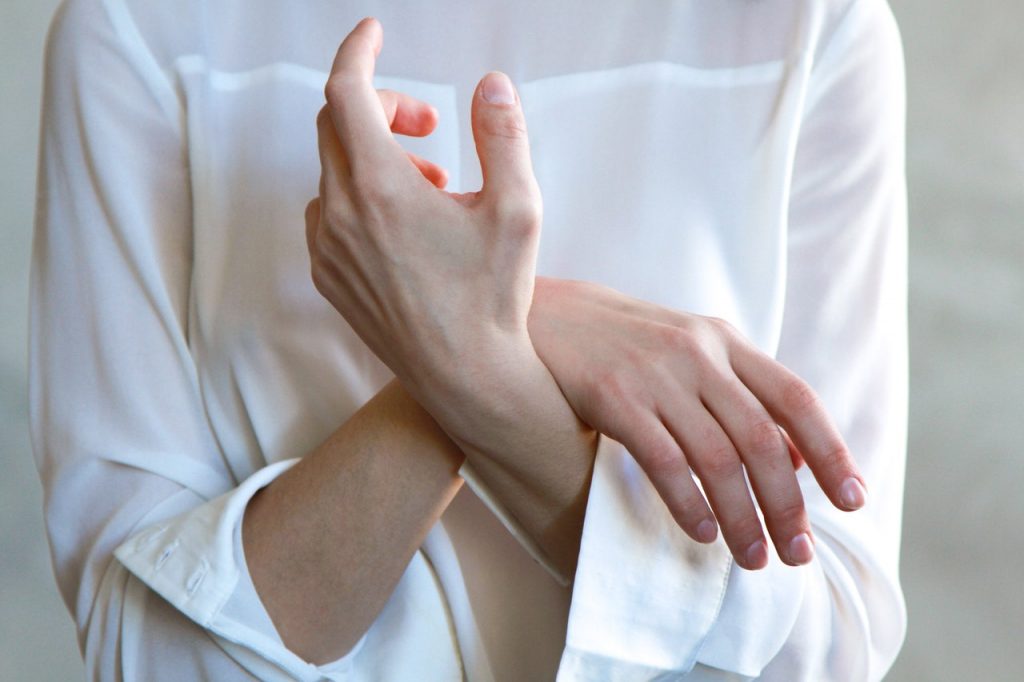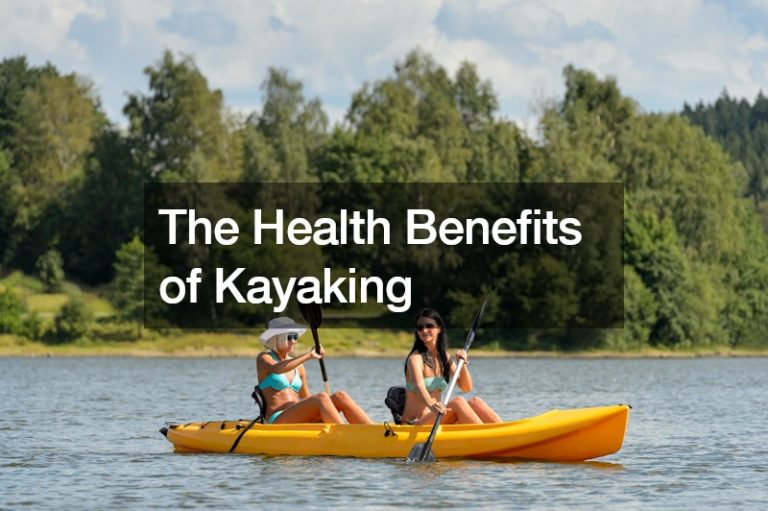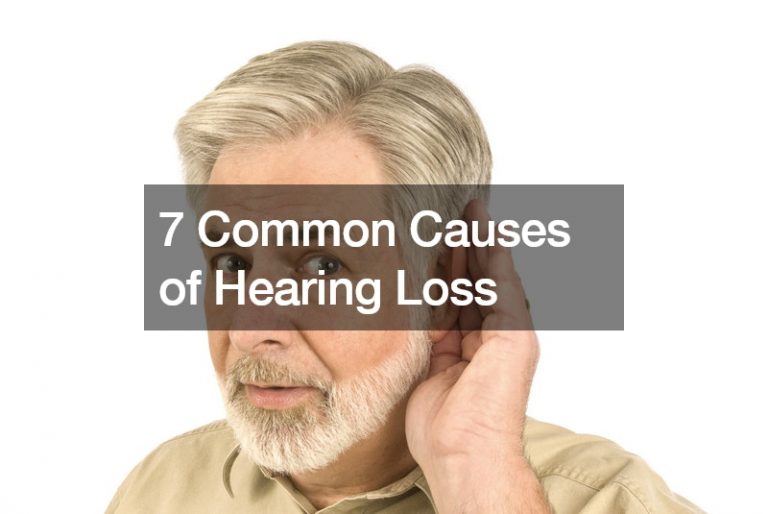Many introverts may argue, but science says humans crave the stimulus of touch. For years, massage spas have improved health and well-being by providing physical therapy. In the absence of professional services, a piece of portable massage equipment can satisfy the craving.
Across cultures, we express warmth and greetings via physical contact. In France, cheek kissing or “Faire la bise” is a common way to acquaint yourself with a friend’s friend. Emiratis bump noses when they pass each other on the street. In almost all workplace environments, a handshake introduces one colleague to another.
When Covid-19 became a pandemic, governments prohibited these customs. Any other form of social interaction became a health risk. Over time, the lack of physical contact from other humans could lead to what scientists call “touch deprivation” or “skin hunger.”
While it seems highlighted during the lockdown, touch deprivation has been a problem for our society for years.
How Do We Feel a Touch?
There are some people who can’t feel a hug. This condition is called Anaphia, or tactile anesthesia. It can either be a symptom of spinal cord injury, or neuropathy affecting the sensory fibers in the peripheral nervous system.
The sensation starts with external stimuli, such as a gentle poke. The skin has touch receptors that generate the stimulus signal. The sensory nerves pick up the signal and allow it to travel to the thalamus, which relays the stimulus to the rest of the brain. Then, the signals travel once again to the somatosensory cortex, which translates it into a touch perception.
Different parts of the body have varying sensitivity to stimuli. The face, lips, and tongue, for instance, have lots of fine receptors, while the trunk has the least amount.
The Importance of Touch in Development
Touch is especially crucial during the developing years of an infant. Its absence’s destructive implications were seen after the fall of Roman dictator Ceaușescu. The social turmoil left orphanages short of manpower. In Bucharest, thousands of babies were rarely touched and cared for.
More than six years after adoption, young children who lived for more than eight months in these institutions displayed much higher levels of the stress hormone, cortisol. In the 21st century, neglect still plagues Romanian orphanages.
Fox and two other colleagues, Charles Nelson, Ph.D., and Charles Zeanah, MD, thought they should study the new occupants of Bucharest’s impoverished orphanages. The study focused on 136 children aged six months to nearly three years. Half were taken in by foster families, while the other half remained at the institutions.
The three researchers continuously monitored the children. The group who remained at the orphanages showed cognitive issues and deficits in socio-emotional behaviors. Those who moved into foster care were more adept at language and social cues.

A Touch-Deprived Society Even Before the Virus
Covid-19 only heightened an ongoing social pandemic. In 2019, 35.7 million Americans were already living alone.
Aside from young adults living independently in the big cities, older adults are also susceptible to urban isolation. In a study by the American Association of Retired Persons (AARP), 43 million adults aged 45 years and above were found to be suffering from chronic loneliness. This is considered a predictor of poor health.
Several studies have traced the problem to the overuse of gadgets. Psychology professor Jean Twenge particularly noted the changing social behaviors of teenagers born from 1995 to 2012. Twenge calls them the iGen, whom she describes as “being on the brink of the worst mental-health crisis in decades.” Over the last decade, suicide rates among adolescents aged 10 to 24 have increased nearly 60%.
How People Are Combating Touch Deprivation Online
Although internet dependence causes loneliness, other people are using it to curb their touch deprivation. Autonomous Sensory Meridian Response (ASMR), a relaxing sensation in response to certain sounds and visuals, continues to inspire videos on social media.
On Youtube, some content creators include a guided relaxation, while others simply record soft, soothing sounds. The high number of views makes ASMR artists among the highest-paid YouTubers. From South Korea, for example, Jane ASMR earns more than half a million per month.
A Simple Solution: Connect More
As more Americans get their vaccine shots, it’s not long before social gatherings feel like they did before. When this happens, make sure to stop taking for granted the healing power of touch.






